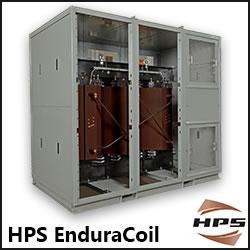National Grid’s FES hydrogen focus could boost offshore wind deployment
Cornwall Insight evaluated the relationship in these scenarios between electricity demand to produce hydrogen and installed wind capacity. The findings highlighted a correlation between the use of hydrogen in the electricity sector through electrolysis and higher offshore wind deployment.
National Grid's Future Energy Scenarios (FES)*, published 27 July, showed hydrogen - for heating, transport and clean dispatchable thermal energy playing a pivotal role in three** out of the four of its net zero scenarios; Steady progression (SP), Consumer Transformation (CT), System Transformation (ST) and Leading the Way (LW).
Cornwall Insight evaluated the relationship in these scenarios between electricity demand to produce hydrogen and installed wind capacity. The findings highlighted a correlation between the use of hydrogen in the electricity sector through electrolysis and higher offshore wind deployment. In fact, a potential 83GW of offshore wind connected in the Leading the Way scenario, with a further 24GW of non-networked offshore wind was installed purely for hydrogen production.
Lee Drummee, Analyst at Cornwall Insight, said:
"The total energy input needed for hydrogen production ranges from 190TWh in Consumer Transformation to 736TWh in System Transformation. The difference represents the potential scale of hydrogen use for heating and heavy-duty transport.
"There are several ways in which hydrogen can be produced, such as steam methane reforming, biomass gasification and electrolysis using renewable electricity. However, using methane or biomass to produce hydrogen also requires carbon capture use and storage (CCUS) to meet net zero targets, while electrolysis using renewable generation can produce hydrogen with no carbon emissions.
"Although the System Transformation sees the greatest hydrogen use overall by 2050 at 591TWh, it is perhaps the Leading the Way scenario that provides the most interesting view on hydrogen and offshore wind. This is because electrolysis using renewable generation is the sole method of producing hydrogen in the Leading the Way scenario.
"The level of future hydrogen demand and use varies widely in the scenario and is dependent on key decisions around aspects such as heating. However, it is clear hydrogen electrolysis could act as an enabler for further renewables deployment and provide a much-needed source of low carbon power, without the need for CCUS or wider offsetting."
-Ends
Notes to Editors
*National Grid's Future Energy Scenarios 2020 -https://www.nationalgrideso.com/document/173821/download
**Consumer Transformation (CT), System Transformation (ST) and Leading the Way (LW)
Featured Product

